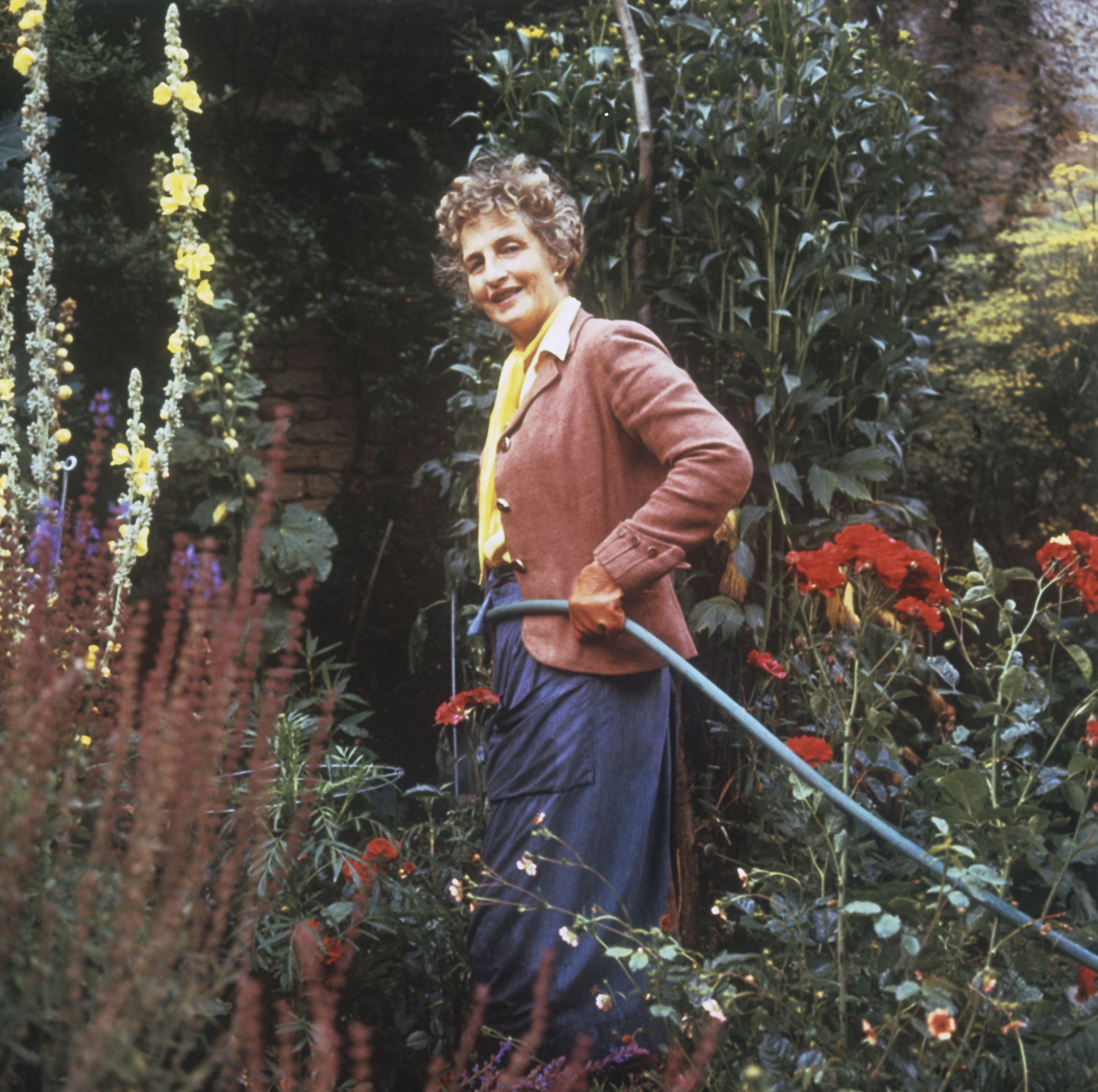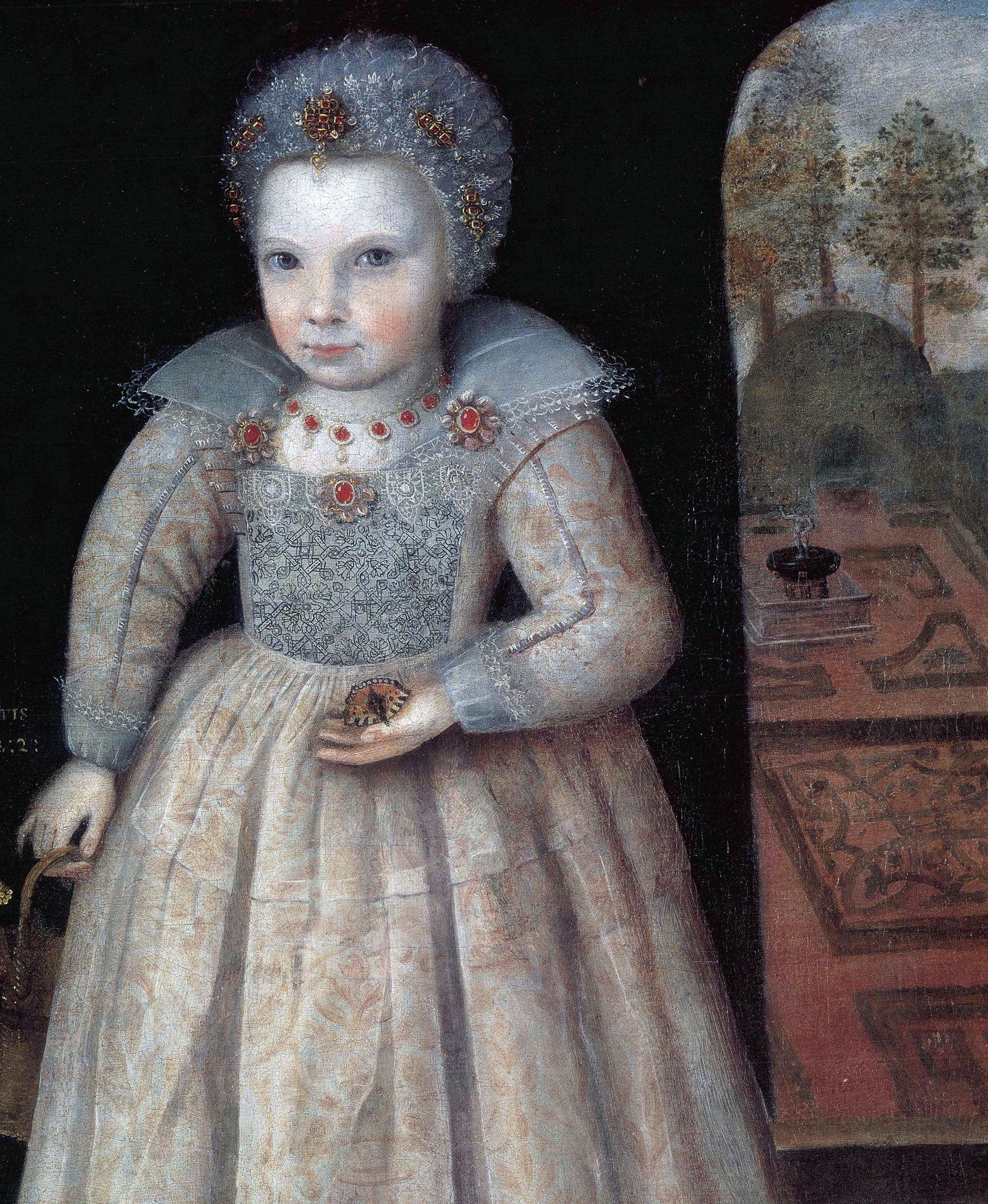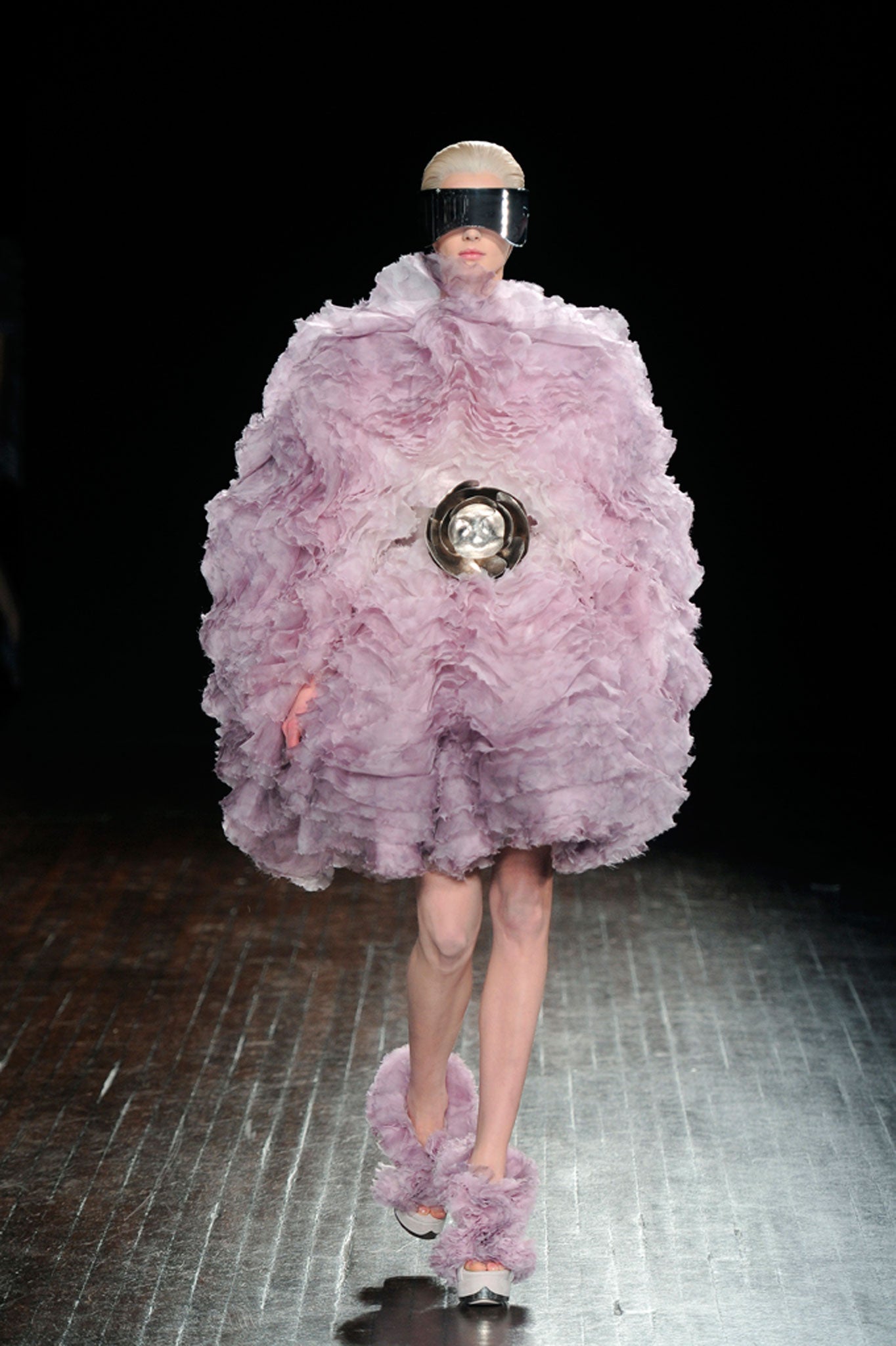Floral tribute: Horticulture has a long and distinguished history with haute couture - as a new exhibition attests

Your support helps us to tell the story
From reproductive rights to climate change to Big Tech, The Independent is on the ground when the story is developing. Whether it's investigating the financials of Elon Musk's pro-Trump PAC or producing our latest documentary, 'The A Word', which shines a light on the American women fighting for reproductive rights, we know how important it is to parse out the facts from the messaging.
At such a critical moment in US history, we need reporters on the ground. Your donation allows us to keep sending journalists to speak to both sides of the story.
The Independent is trusted by Americans across the entire political spectrum. And unlike many other quality news outlets, we choose not to lock Americans out of our reporting and analysis with paywalls. We believe quality journalism should be available to everyone, paid for by those who can afford it.
Your support makes all the difference.Fashion isn't in the forefront of my mind when I step out to garden: a faded blue canvas jacket, my second best pair of welly boots. That's it. But a new exhibition at The Garden Museum in London, curated by Nicola Shulman and sponsored by Vogue, spins elegant connections between the two.
In a painting of about 1600, the intricate patterns of a young girl's dress are mirrored in (or copied from?) the formal box parterres laid out in the garden seen through a window to the side. Christopher Bailey, creative director of Burberry, took inspiration for his spring collection in 2009 from images taken by garden photographer Valerie Finnis in the Seventies: grandees weeding and watering in their patched but beautifully-cut tweeds, mad hats and unsuitable shoes. A dazzling purple raincoat by Burberry is one of several contemporary exhibits that bring the story right up to date.
Gardens are often used as settings for fashion shoots – Dolce & Gabbana chiffon floating through wisteria, lacy-sleeved models among the roses at Great Dixter (Vogue last October) – but this is the first exhibition I've been to that explores more deeply the connections between the two. It's engagingly done, tracing a story that leads seamlessly from the two-year-old Lettice Newdigate in her embroidered bodice (the little girl I mentioned above) to an outrageous hat by Philip Treacy, a paphiopedilum orchid, several times life-size, terrifying in its perfection, but one of the most memorable exhibits of the show. It had wit.
So did the floor-length evening cloak from Valentino's spring/summer collection of 2013. The exhibition tells a predominantly English story, but recognising the important influence of Italy on our gardens, Ms Shulman included this marvel, inspired by the scrolling ironwork of the Italian Renaissance. Wrought iron becomes fine ribbons of appliqué, curling and swirling in symmetrical patterns over a gauzy material as transparent as glass.

In the excellent book (£10) written to accompany the exhibition, Ms Shulman draws interesting differences between English trendsetters and those in France or Italy. The English are in love with flowers in a way that the others aren't, and it shows both in the gardens they make and in their clothes.
From the time of the first Queen Elizabeth, she writes "flowers overran the fashionable like a love-crazed bindweed". Wild flowers – heartsease, strawberry, honeysuckle – were as welcome on a dress or the cuff of a glove as exotic marvels such as tulips and crown imperials. The embroiderers had superb models in the portraits of flowers painted by 16th-century artists such as the Huguenot Jacques le Moyne de Morgues. Several of his jewel-like images are in the show.
When silkworkers started to colonise Spitalfields, flowers in singles or sprays, were a favourite motif. The most prominent 18th-century textile designers, such as Anna Maria Garthwaite, who came to London from York, were also members of the newly-formed botanical societies, which gave them access to imported rarities.
By 1741, Garthwaite was already including Magnolia virginiana, recently imported from the States, in her designs, though at that time it grew in only two London gardens: the nurseryman Thomas Fairchild in Hoxton and the woollen draper and silk merchant, Peter Collinson at Peckham. Several of Garthwaite's textile designs are on show in the exhibition.
Mary Delany, whose famous flower pieces, cut from paper, are now in the British Museum (they've lent a gorgeous red poppy), left a marvelling account of the dress in which the beautiful Duchess of Queensberry stunned the court in 1740.

On white satin, an entire landscape park was set out, with tree stumps "broken and ragged and worked with brown chenille, round which twined nastertians, ivy, honeysuckles, periwinkles, convolvuluses and all sorts of twining flowers which spread and covered the petticoat... many of the leaves were finished with gold, and part of the stumps of the trees looked like the gilding of the sun. I never saw a piece so prettily fancied."
Shulman also shows how the "pale yellow cashmere jumper, brogues and sports jacket", thought of as an especially English style in menswear (though pale yellow is perhaps too effete for an Englishman – more the kind of thing you'd see on an Italian) grew out of the sweeping changes brought about in the 18th century by Capability Brown, creator of the English landscape park.
To show off such a park, its owner had to ride out in it, with his guests. That meant a revolution in clothes as well as gardening style. Out went the fancy silks and embroidered gloves. Instead, men dressed like their grooms, in warm, hardwearing woollen broadcloth.
The painter, George Stubbs, who specialised in horses and their owners, caught the look exactly: the high-topped boots, buff-buttoned waistcoat, dun-coloured cutaway coat. They were clothes for the outdoors, quite different from the lavish extravaganzas of the previous age, meant for court, for pomp, dry floors and minimal physical effort.
Another delight at The Garden Museum is the installation by Rebecca Louise Law in the main hall, immediately in front of the entrance to the exhibition. Suspended upside down is a meadowful of long-stemmed flowers – tulips, roses, strelitzias, angelica – an arrestingly beautiful display that made me long, more than ever in this drear, terrible winter, for the arrival of spring.
Fashion & Gardens continues at The Garden Museum, London SE1, until 27 April; 020-7401 8865, gardenmuseum.org.uk
Join our commenting forum
Join thought-provoking conversations, follow other Independent readers and see their replies
Comments